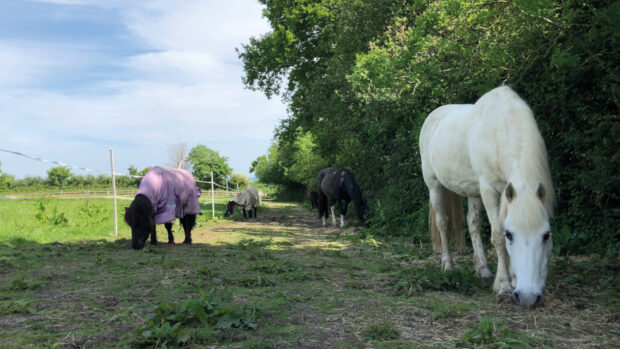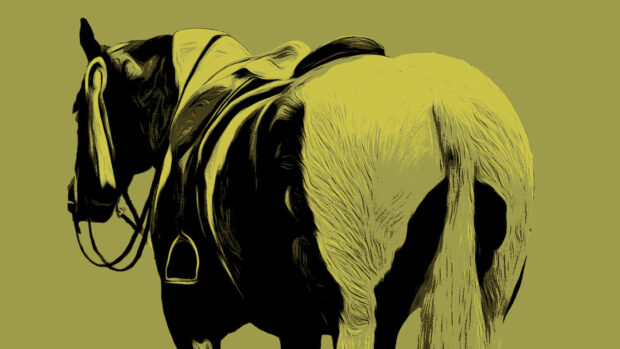Most horses tend to be too fat or have too much energy. Which one applies to your horse depends mainly on its genetic make-up and temperament. For example, a fat pony will not change into Best Mate just because it is given racehorse feed.
However, the type and amount of feed and the time of feeding can all make a sharp horse sharper by giving it rapidly available energy and a fat horse fatter by oversupplying energy for the work it undertakes.
Diets that are high in starch and sugar generate the famous “heating effect”. For example, oats have a heating reputation because their starch is rapidly digested and quickly reaches the blood stream as an energy source. The same also applies to other cereals, although not all are as digestible as oats.
Amounts fed also affect the energy release and the reaction of the horse. Feeding too much starch or sugar at one time limits the amount of true digestion as it zooms through the small intestine and into the large intestine, where it causes digestive discomfort.
Eating causes a diversion of blood to vessels around the digestive tract, as the blood makes itself available to carry away the absorbed nutrients to where they’re needed. Therefore feeding close to work is not a good idea.
The old nagsman’s adage about feeding 4hr before work is certainly good advice, and it’s more appropriate to feed the last hard feed the night before and only feed hay in the morning of a competition.
Top energy tips
- A non-heating feed is one that is less likely to produce excitable behaviour in horses when fed at the recommended rate.
- If you have a buzzy horse, feed cubes rather than course mixes. The latter have a greater proportion of cereals in them so give more quick-release energy and can heat a horse more than cubes.
- If you want a non-heating feed, don’t just rely on whether it contains oats or not. Make your decision based on the levels of starch, fibre and oil. The higher the starch and the lower the fibre and oil, the faster the energy release will be.
- Horses and ponies that are good doers are simply more efficient converters of food to fat. Like human endomorphs, the only way to tackle this is via a calorie-controlled diet and aerobic exercise. So be prepared to make the horse do a lot of work to control its waistline.
This article was originally published in Horse & Hound magazine. Check out this week’s Feed Forum which examines how this summer’s drought has affect crop yields and the price of feed.



